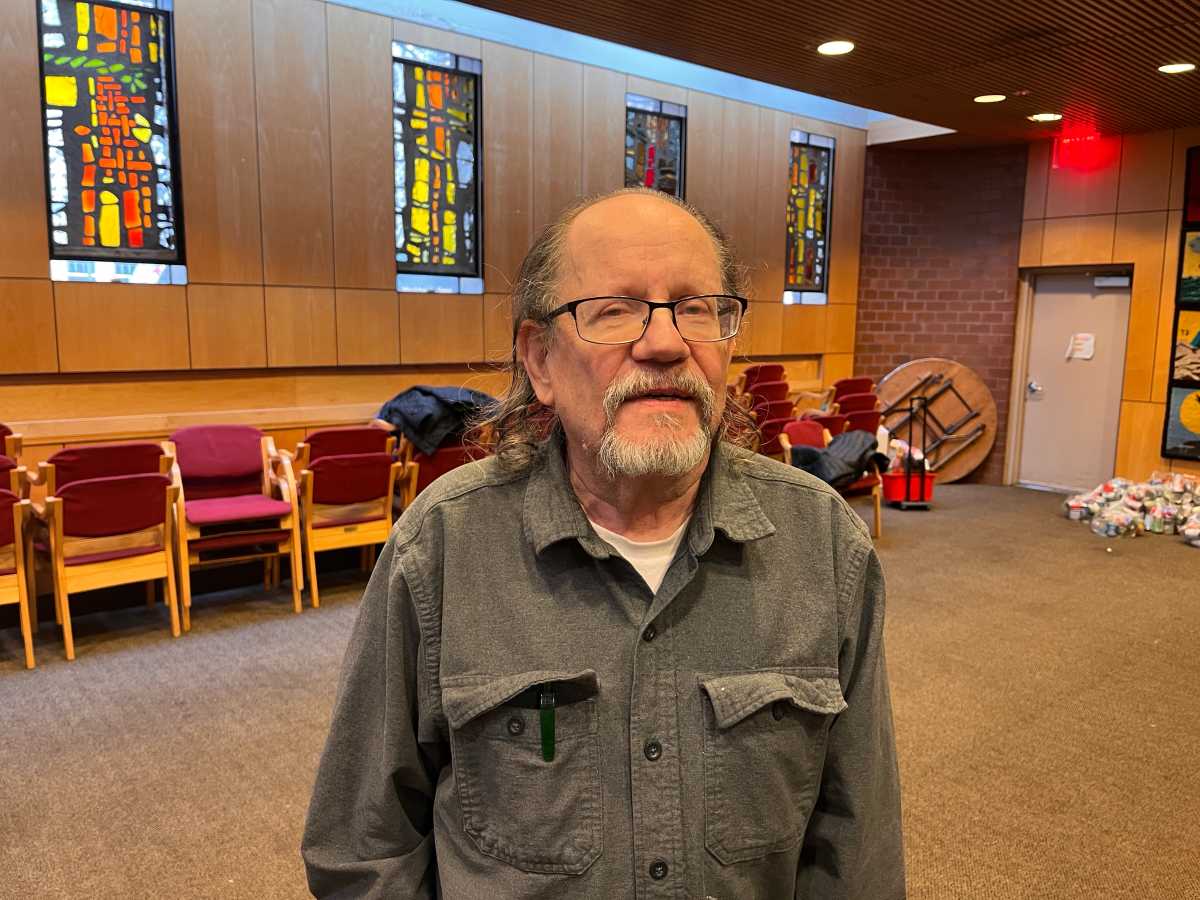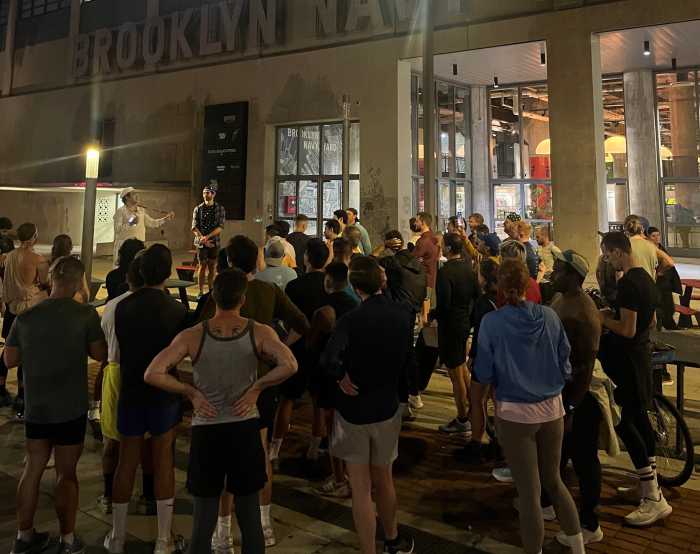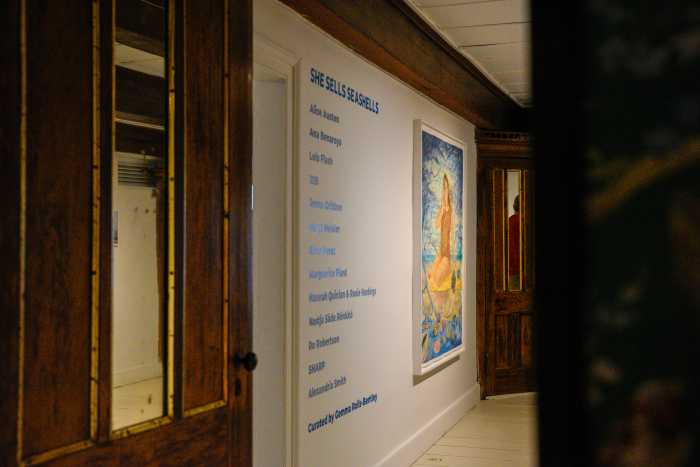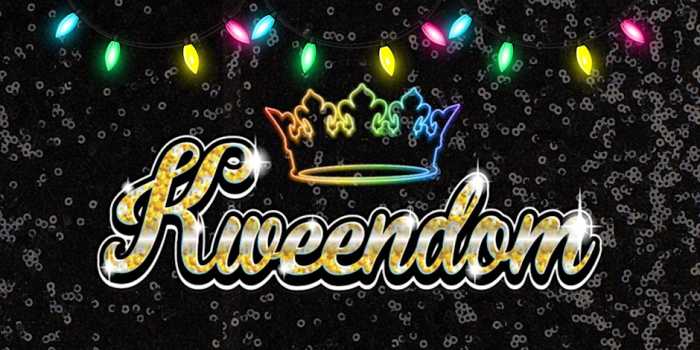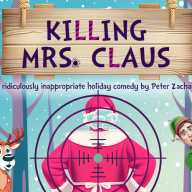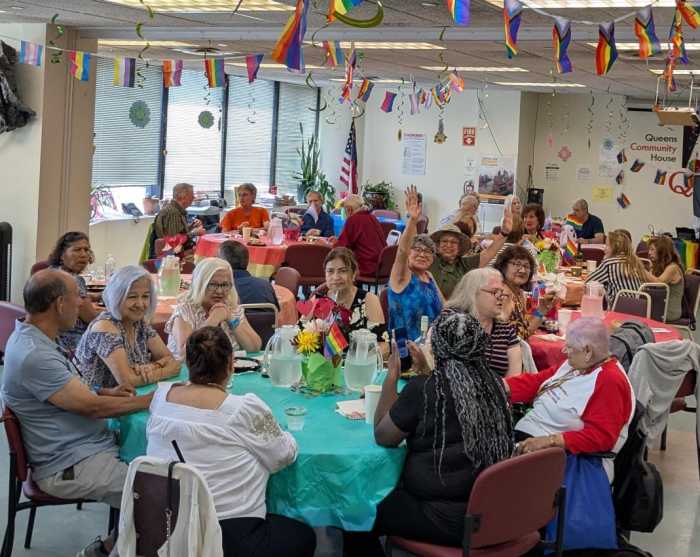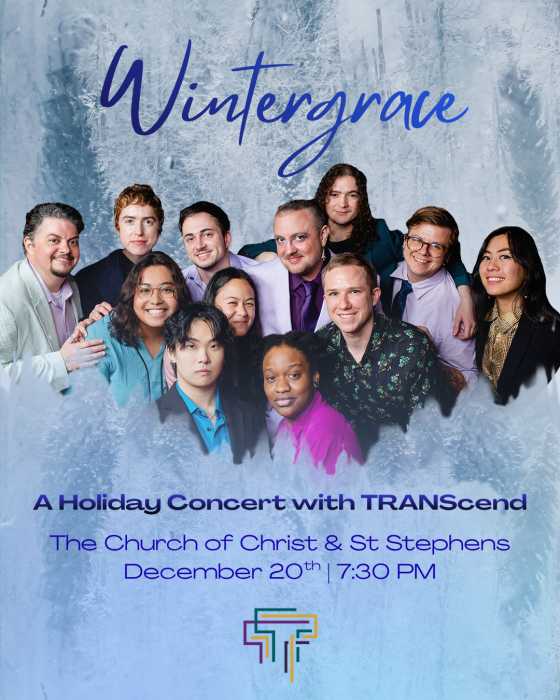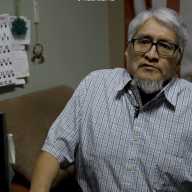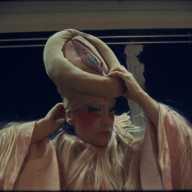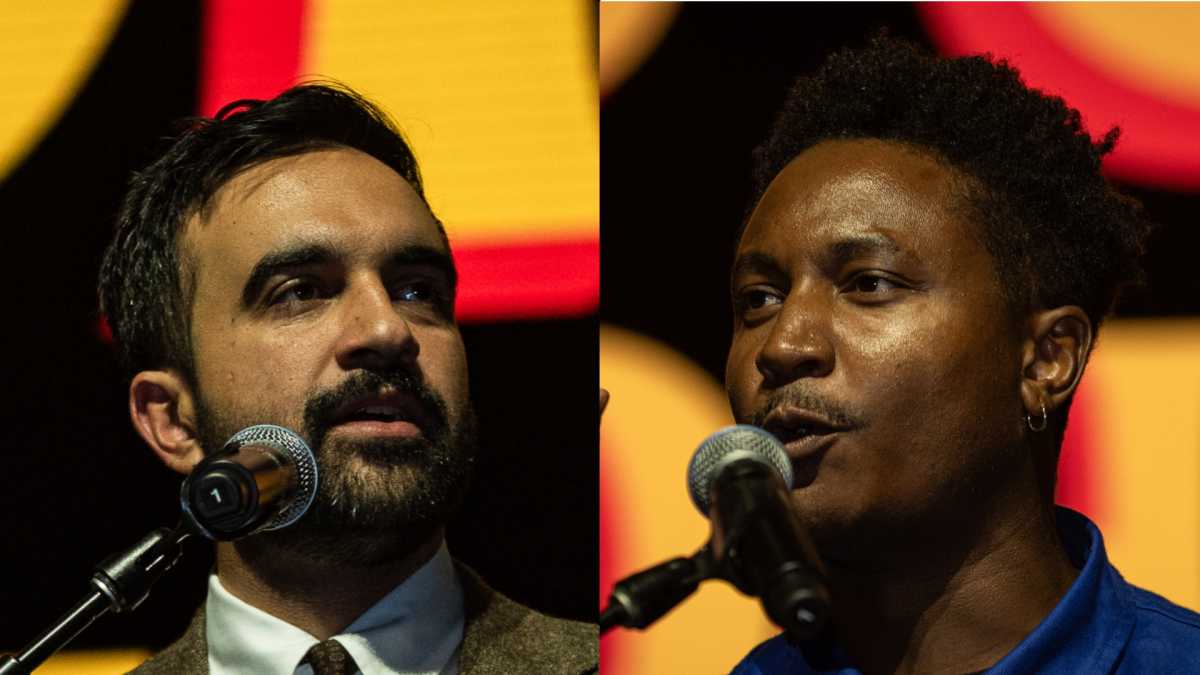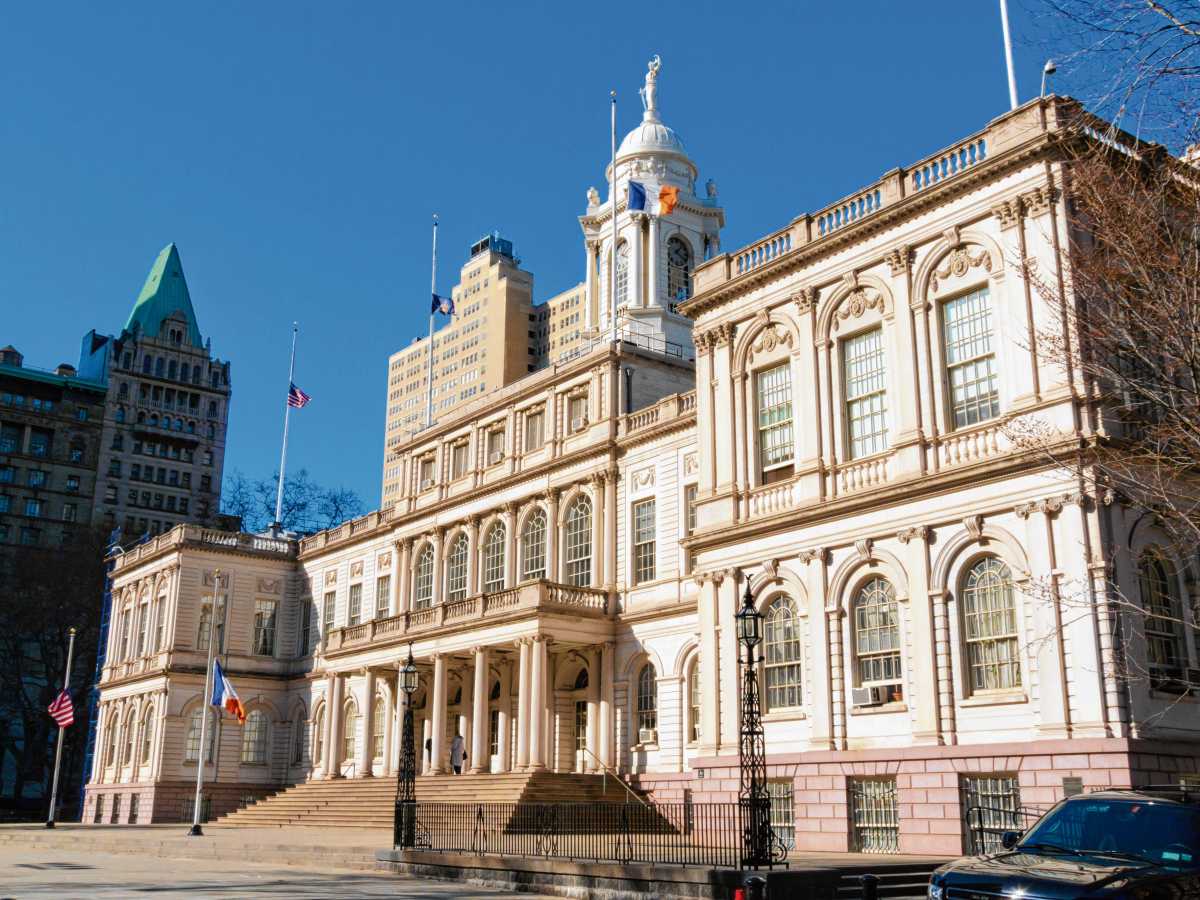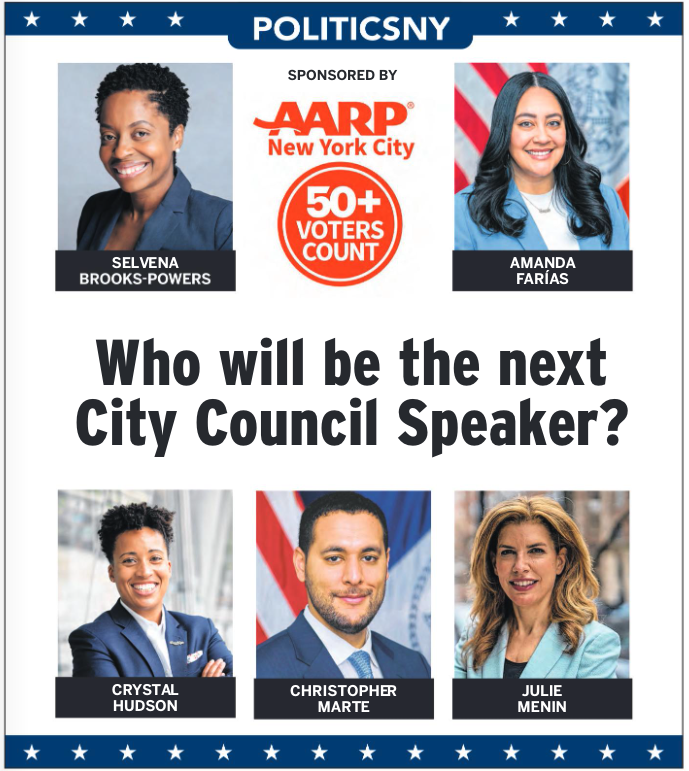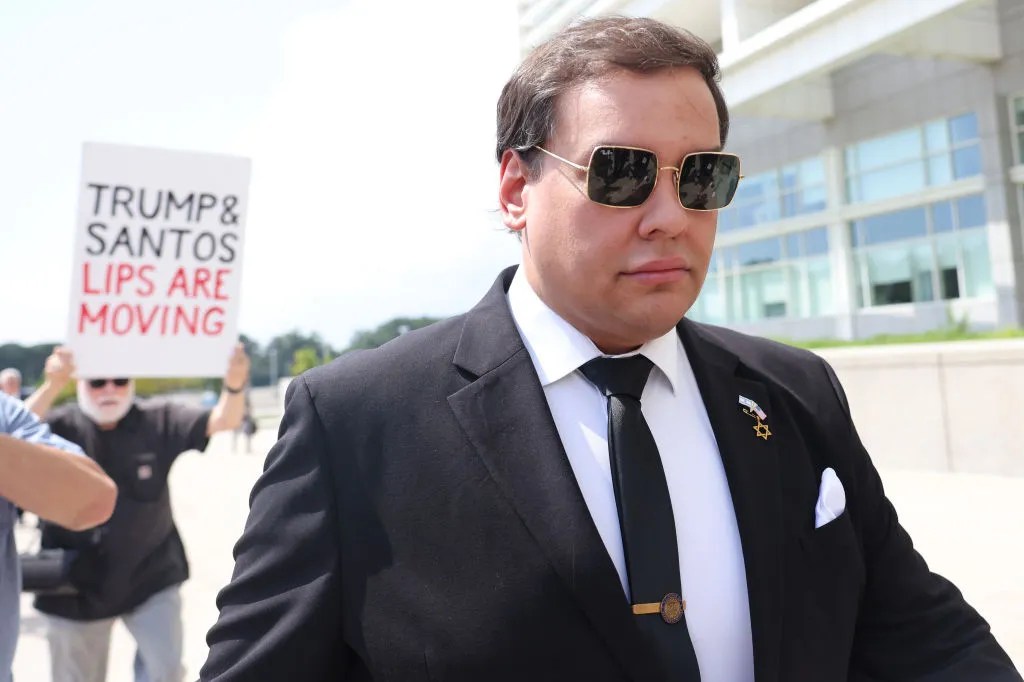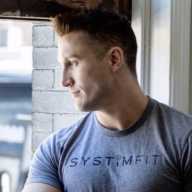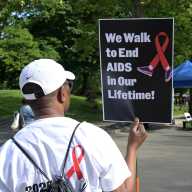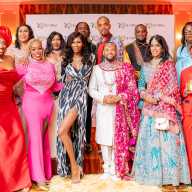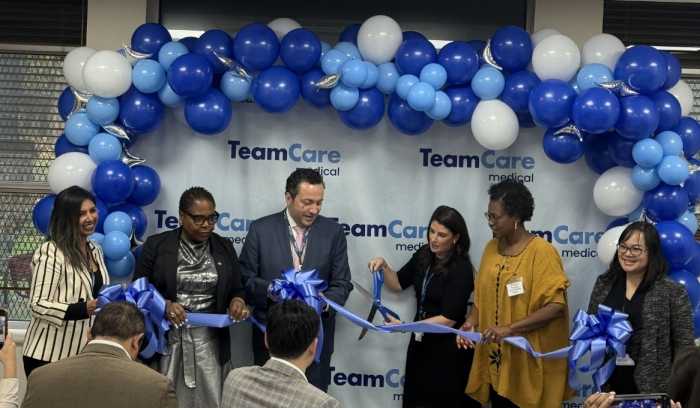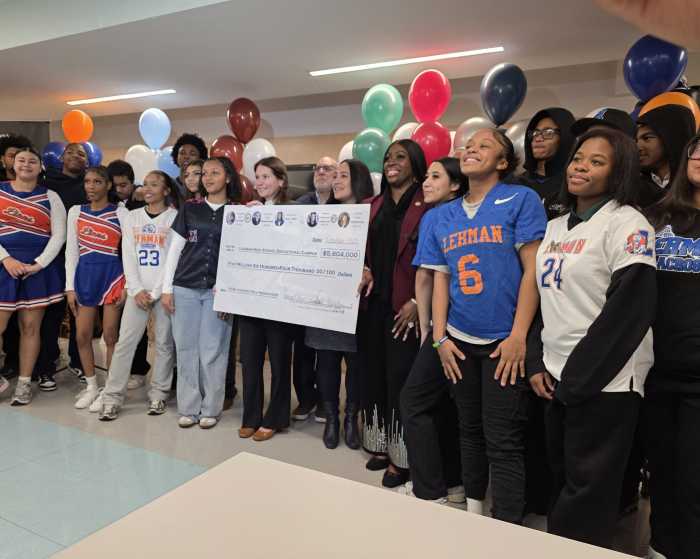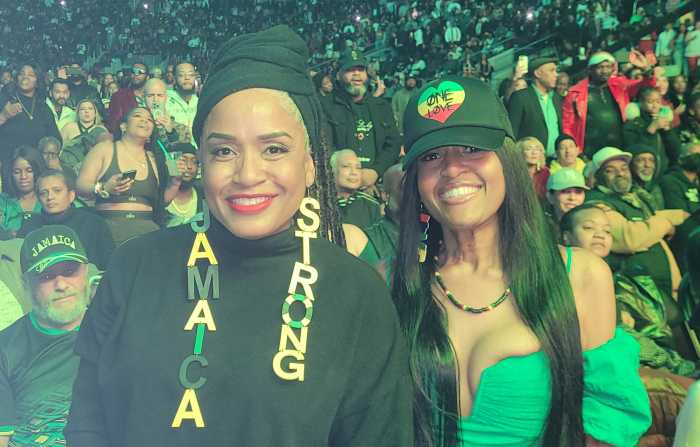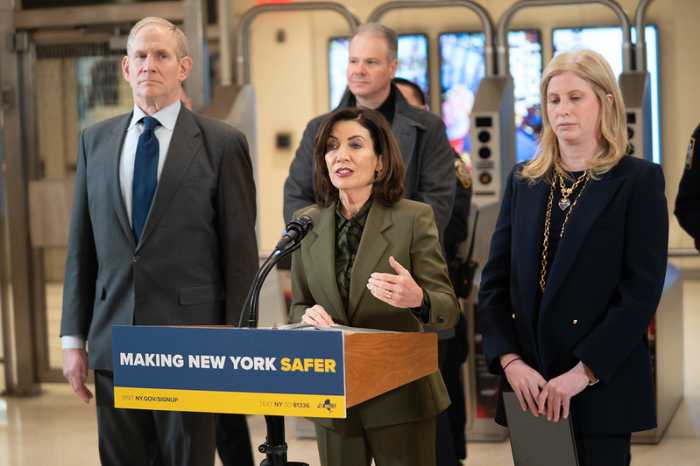The LGBTQ movement in New York City is often traced back to the Stonewall Riots in 1969, a moment that ignited decades of dedicated activism — and in the decades since, queer activists have continued this fight for visibility. Today, NYC is one of the most vibrant and expressive cities, with an expansive queer community that has open access to bars, community centers, and cultural hubs that celebrate identity and resistance.
But since Donald Trump’s re-election, the community has watched the president target LGBTQ rights, including through a series of executive orders targeting the community. The attacks have led many community members to become fearful of the future — even in a city as accepting as New York.
However, prominent LGBTQ activists, such as Rich Wandel, remind us that queer history existed long before us — and before Stonewall — and will continue long after this era, providing a glimmer of hope in these tumultuous times.
Wandel, who later went on to lead the archives at the LGBT Center, was a principal photographer during the gay rights movement after Stonewall. He used his camera to document this long story of resiliency, which earned him a spot as one of the most notable figures in the liberation struggle.
In 1972, Wandel was elected as the second president of the Gay Activist Alliance (GAA) — and these first brushes with LGBTQ history had a major impact on him. He recalls watching the debut of “Coming Out!” at the GAA headquarters — a play by Jonathan Ned Katz that chronicled the history of gay life and liberation in the United States.
“I remember feeling very strongly how important that was to me,” he said. Wandel had only realized his sexuality a couple of years prior, so having this encounter with LGBTQ history made him feel like a part of something bigger. He was aware of broader American history, but he never knew that queer history ran so deep. This single encounter ignited his passion for LGBTQ history.
After further integrating into NYC’s queer community, he was asked by Richard Burns, former executive director of the LGBT Center, to create an archive for The Center that could document each step of the struggle. In an effort to curate the most representative archival experience, Wandel went back to school and earned a master’s degree in history with a focus on archival management from New York University — one of the only schools that offered courses on queer history at the time.
The search for the perfect archive began with the place where it all started: the GAA. He felt this was the the best starting point since it was the place where he had found a community many years prior.
He used his connections to gather documents of early LGBTQ+ organizations who never had an office for their reports, photographs, and records. The planning process began in 1989 and the archive was opened in 1990.
Wandel commented that since organizing the archive and diving into queer history, he realized there is a modern tendency to forget that this history spans back for centuries. This forgetfulness can make the experience of being LGBTQ+ feel quite isolating.
At a time when the Trump administration has been targeting the queer community, Wandel finds this particularly important to remember, especially when thinking about American history.
“Our history is filled with this sort of stuff,” he says, citing notable figures like Friedrich Wilhelm von Steuben and Walt Whitman.
At the conclusion of LGBTQ+ History Month, Wandel offered a reminder that remembering queer history is not only important in the month of October, bu throughout the year. When we forget about this history, he says, we forget that we are not alone.
“When LGBTQ+ people realize that history, it’s an affirmation,” says Wandel. “It allows them to remember that they are not the only queer person in the world; they are a usual part of a wide range of historical human sexuality and gender.”

